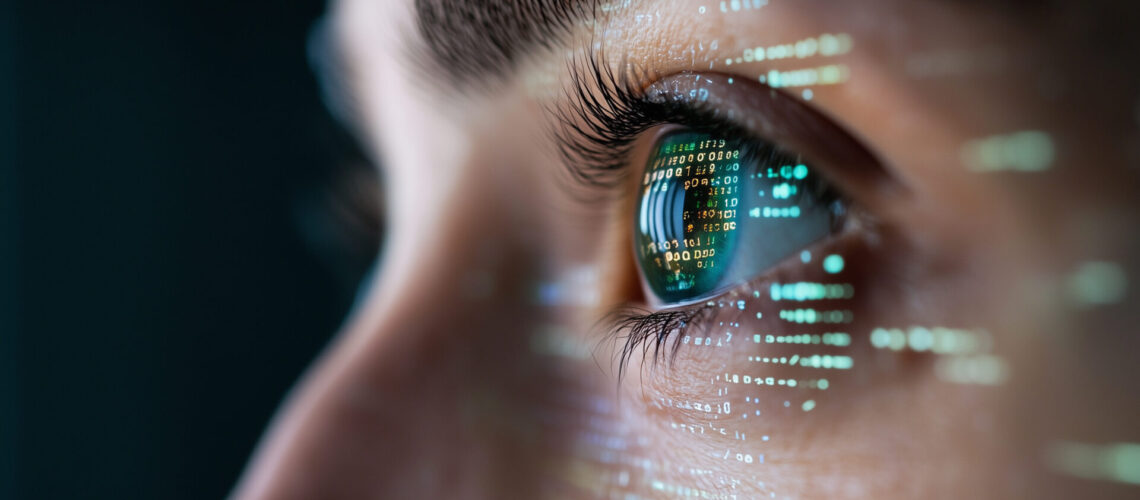In an industry obsessed with speed, disruption, and scale, Marco Bitran stands out for a different reason: he builds with care.
An MIT-trained engineer turned entrepreneur, Bitran has moved through multiple layers of the tech world—from designing voice-processing chips at Qualcomm to founding a fintech startup that reimagined how people invest. But at every stage, his approach to technology has centered on a surprisingly simple question: Does this make people’s lives better?
“Tech should make things clearer, not more confusing,” Bitran says. “Good systems support people. That’s the test.”
From Hardware to High Finance
Bitran began his tech journey at MIT, where he earned a degree in electrical engineering and joined several national honor societies for academic excellence. After college, he worked at Qualcomm, building semiconductors for mobile communication systems—deep in the hardware trenches.
But his curiosity led him upstream. “I loved engineering,” he says, “but I kept thinking about the bigger picture—who was using the tech, what the systems looked like end to end, and how value moved through them.”
That curiosity led him to finance. After stints at Morgan Stanley and Wellington Management, Bitran had a clear view of how markets work—and more importantly, how opaque much of the investment world remained, especially for everyday investors.
AI Exchange: Tech Meets Transparency
In 2011, Bitran founded AI Exchange, a platform designed to give people access to hedge fund–style strategies through liquid, transparent managed accounts. At the time, alternative investments were complex, costly, and often reserved for institutions. Bitran saw an opportunity to open the system.
Backed by General Catalyst, CommonAngels, and LaunchCapital, AI Exchange built a dual-platform solution: one part investment advisory, one part trade-processing and compliance infrastructure. The result was a fintech system that allowed advisors to offer alternative strategies with full transparency—held in custodial accounts at Schwab or Fidelity.
“We weren’t trying to disrupt just for the sake of it,” Bitran says. “We were building tech that made something powerful more understandable, more accessible.”
That distinction—between flashy innovation and purposeful utility—is at the heart of Bitran’s philosophy.
Designing with Constraints
Bitran’s approach to product design is heavily influenced by his engineering roots. He believes that constraints are not obstacles—they’re guides.
“Some of the best design decisions come from being forced to simplify,” he says. “Whether you’re designing a chip, a trading system, or a user interface, the challenge is: How do you take something complicated and make it usable without dumbing it down?”
This mindset has made him a favorite among technologists who value thoughtful architecture. While AI Exchange ultimately exited the market after several years, it left behind a framework that other fintech startups have learned from: clear UX for complex workflows, advisor-first design, and back-end logic that supports—not overwhelms—front-end users.
Tech Beyond the Screen
While Bitran still advises and invests in tech ventures, his current projects are more grounded—literally. As a real estate investor at BMF, he helps fund development in cities like Worcester and Fall River. But even there, his systems-thinking shows up.
He builds dashboards for financial modeling, uses data to assess neighborhood trends, and collaborates with developers to apply lean principles to project planning. And yes, he still sketches out tech workflows when needed.
Outside of work, Bitran continues to build and explore. He’s a licensed commercial pilot (which involves more tech than most people realize) and volunteers through Patient Airlift Services (PALS), flying people to medical appointments using aircraft navigation and logistics software. He also writes and speaks about raising tech-literate kids who can navigate the algorithmic world with intention and skepticism.
“I want my kids to understand how technology works—not just how to use it,” he says. “If they can see the system behind the screen, they can make better choices.”
The Future of Tech, According to Marco
Bitran’s predictions for the future of technology aren’t filled with buzzwords. Instead, they’re grounded in values.
He believes the next wave of important tech products will be built not just with engineers in the room, but with educators, ethicists, and everyday users. He sees huge potential in systems that clarify rather than gamify. In platforms that optimize for long-term thinking rather than short-term clicks.
“We don’t need more tools,” he says. “We need better tools—tools that are quiet, durable, and actually help people make good decisions.”
In an ecosystem that often favors the fast and loud, Marco Bitran’s voice is something else: calm, focused, and deeply technical—with a human heart behind it.
And maybe that’s the kind of tech leadership we need more of.

